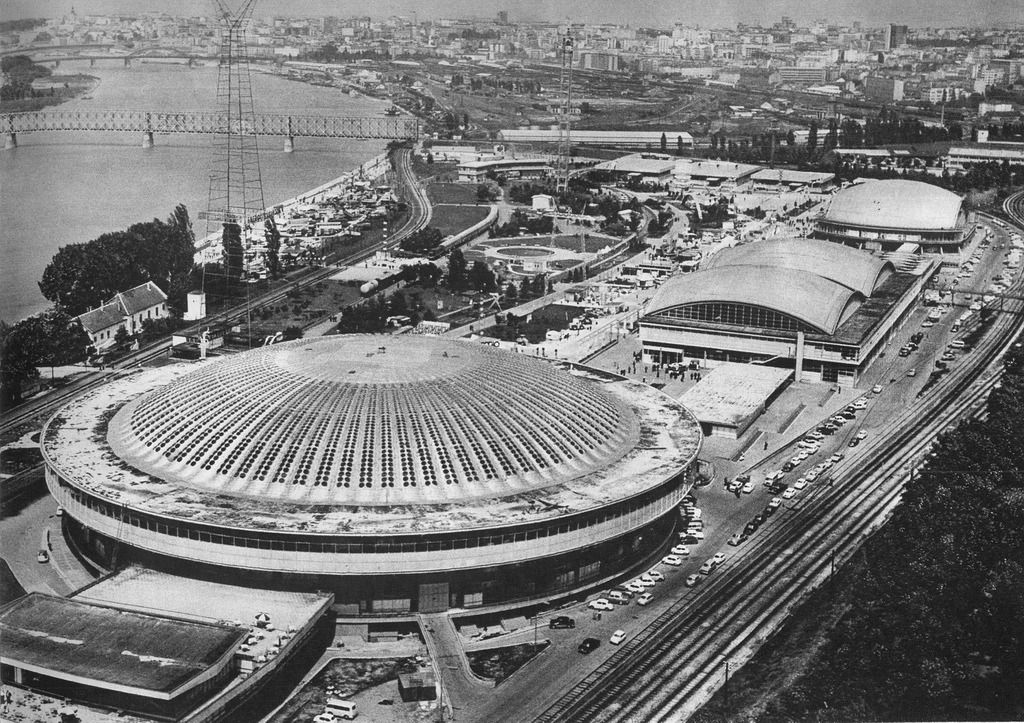In the Boston Review, Anthony Paletta reviews the recent MoMA exhibit “Toward a Concrete Utopia: Architecture in Yugoslavia 1948–1980.” Paletta explains that communist Yugoslavia was different in crucial respects than its Eastern Bloc neighbors, with relative independence from Moscow and a somewhat decentralized political apparatus. This allowed a variety of remarkable architectural styles to flourish in the country. Here’s an excerpt from the review:
The exhibit’s first caption noted that this Yugoslavian legacy “demonstrates architecture’s potential for social engagement and transformation in ways that have continuing relevance today.” It is useful to think about how exactly it did so in the context of recent debates over the character of the built environment of the communist world. Yugoslavia is likely treated a little too gently in recent accounts, and yet it seems a far more useful example than the rest of bygone communist states. It is also a more complicated place, whose architecture involved large numbers of commercial structures, targeted both at its large tourist population and the internal market, a considerable system of independent home construction (both within and without official channels) and considerably less standardization than much of the Soviet bloc.
It was, as [curator Vladimir] Kulić writes, a “vibrant architectural culture irreducible to simple ideological slogans.”
Image: The Belgrade Fair, built in 1957, site of the largest dome in Europe to this day. Via Pinterest.
